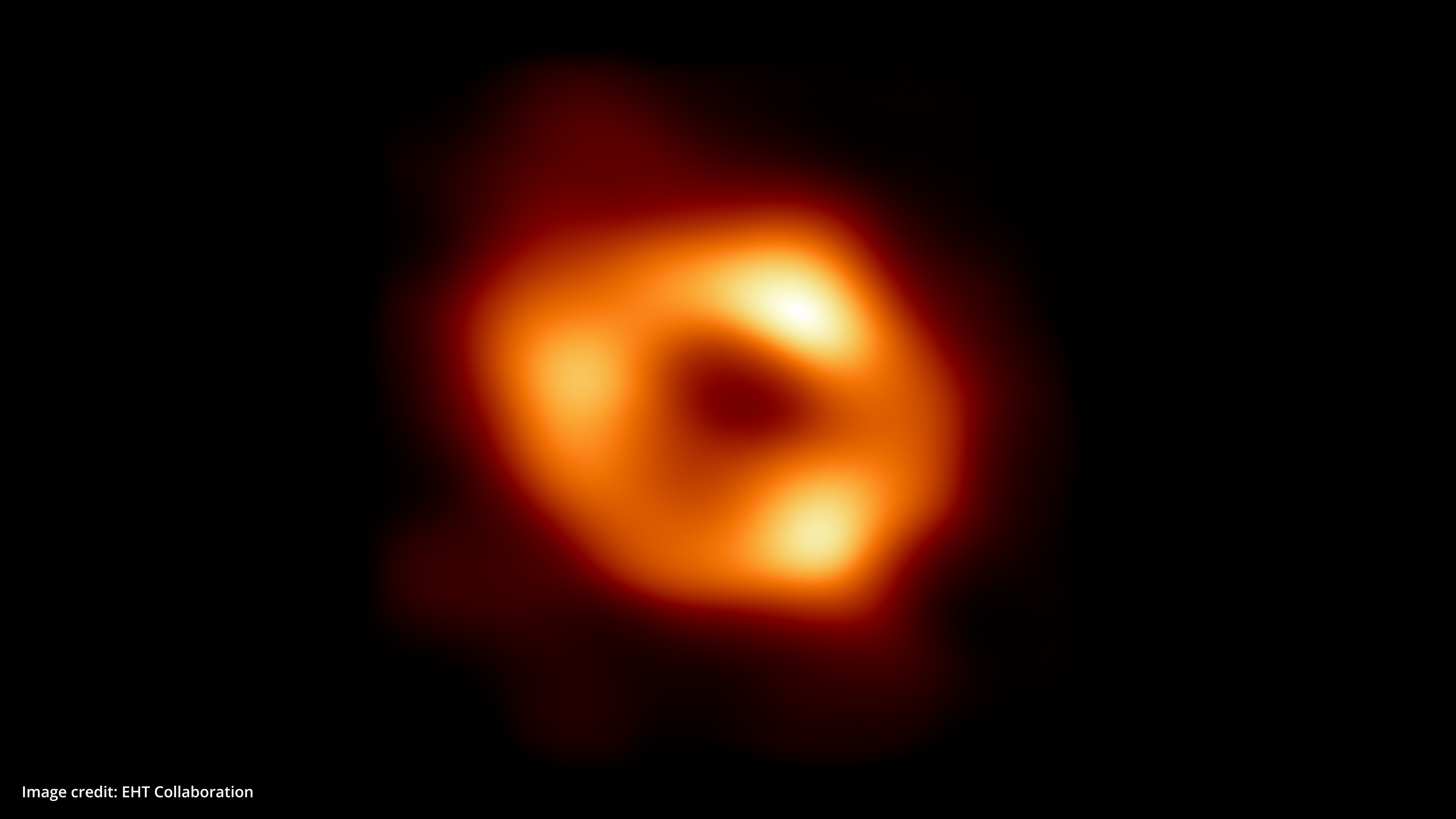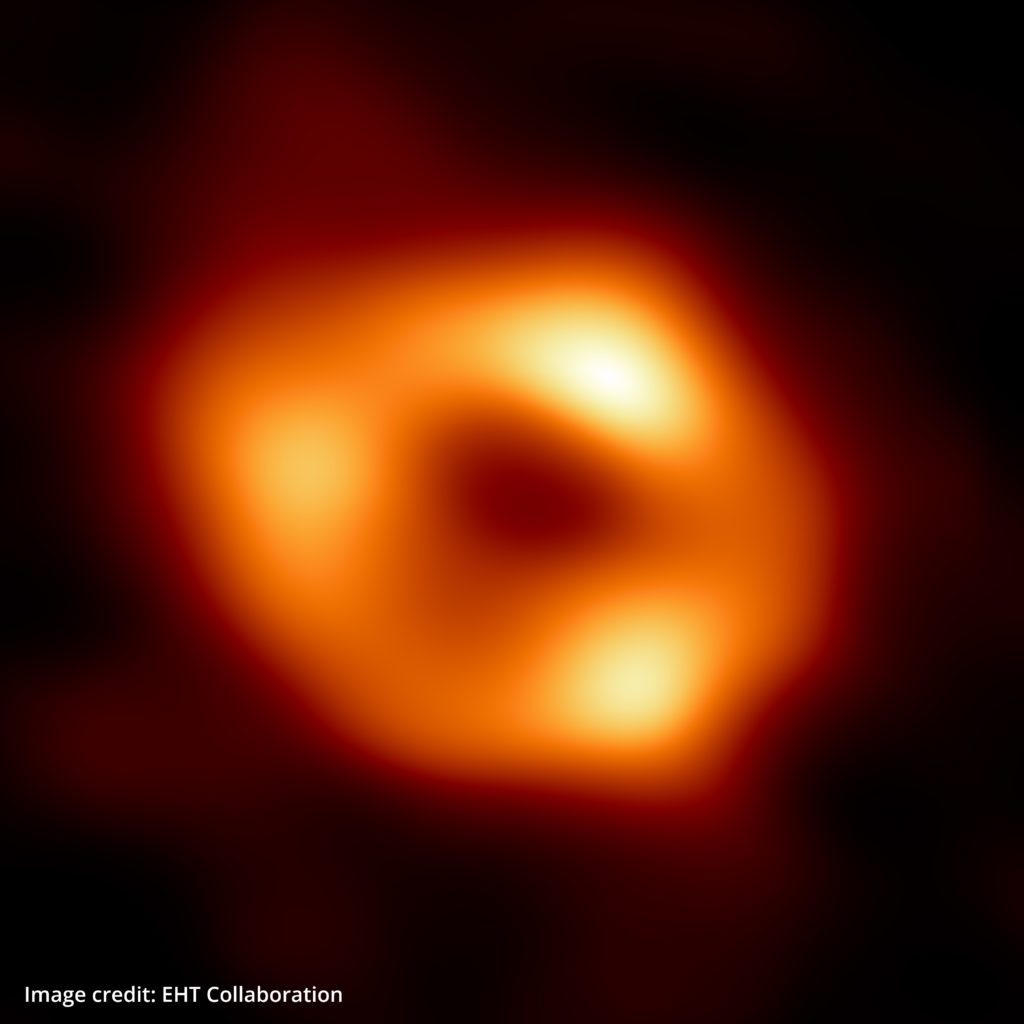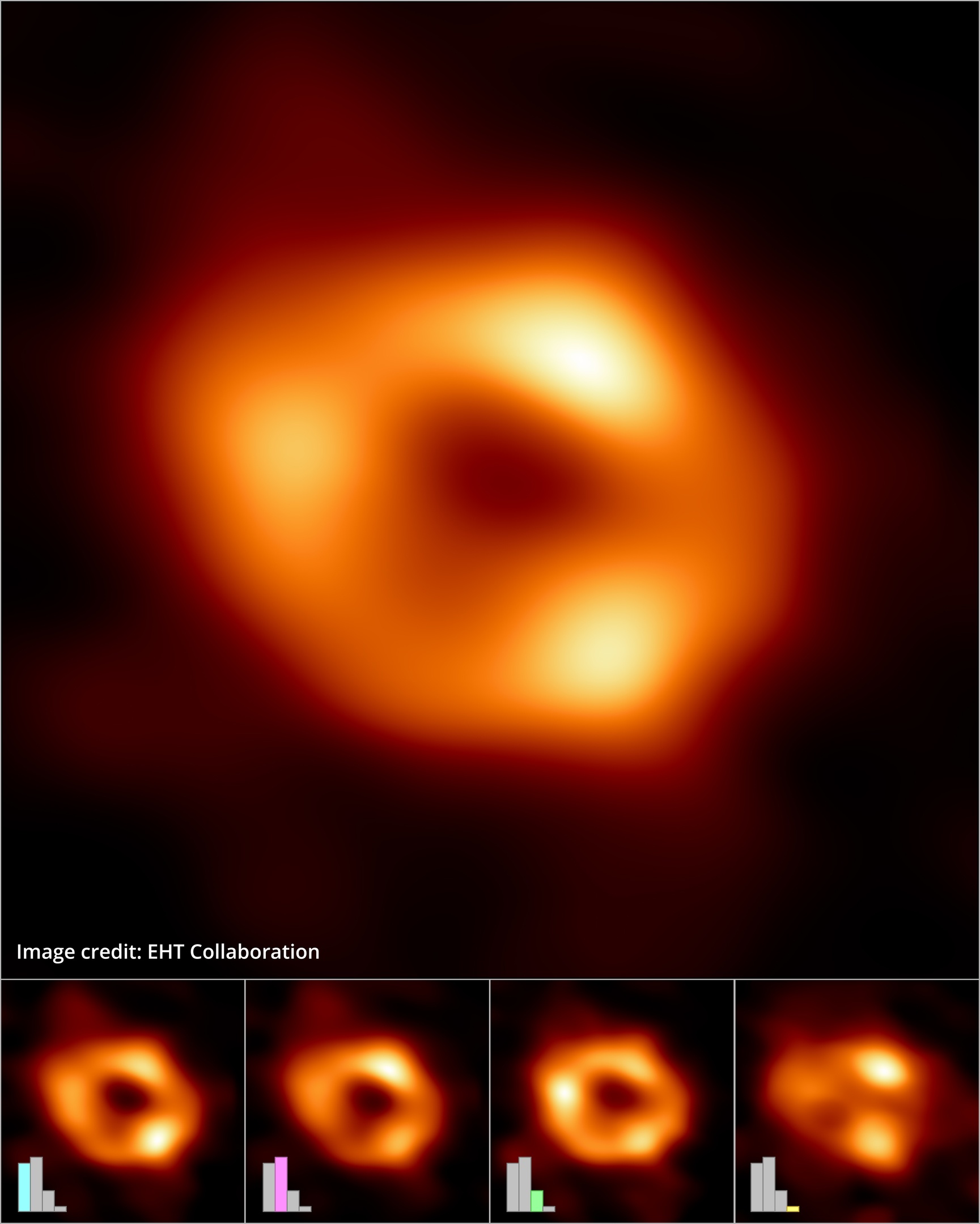Black hole in our backyard: scientists unveil Milky Way’s powerful core
The Event Horizon Telescope collaboration, a globe-spanning consortium of researchers from Perimeter Institute and a dozen partner organizations, has released the first image of the supermassive black hole at the centre of our own galaxy.























































































